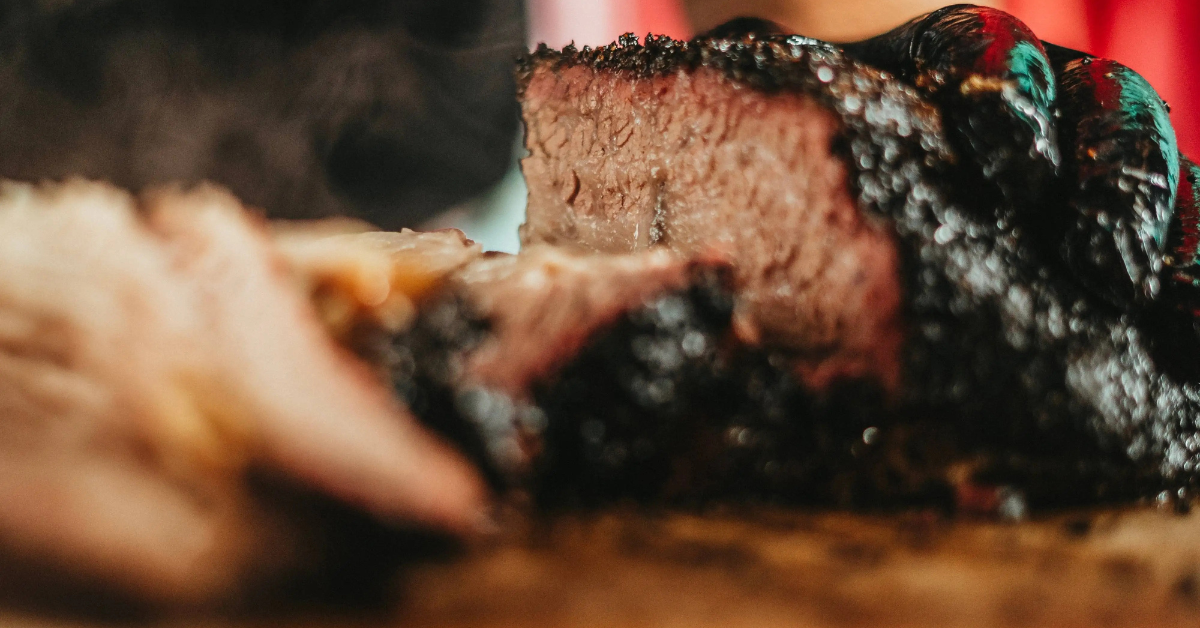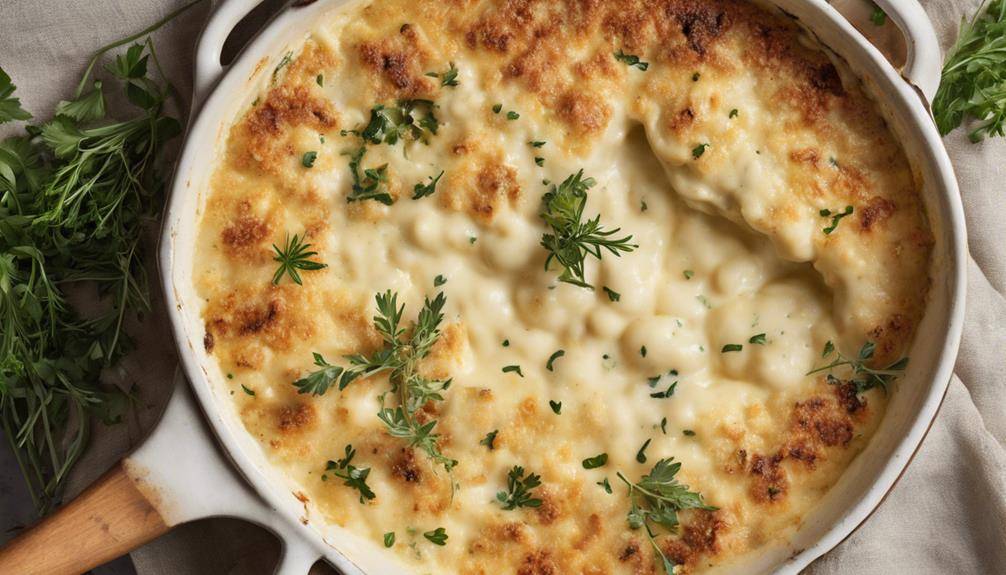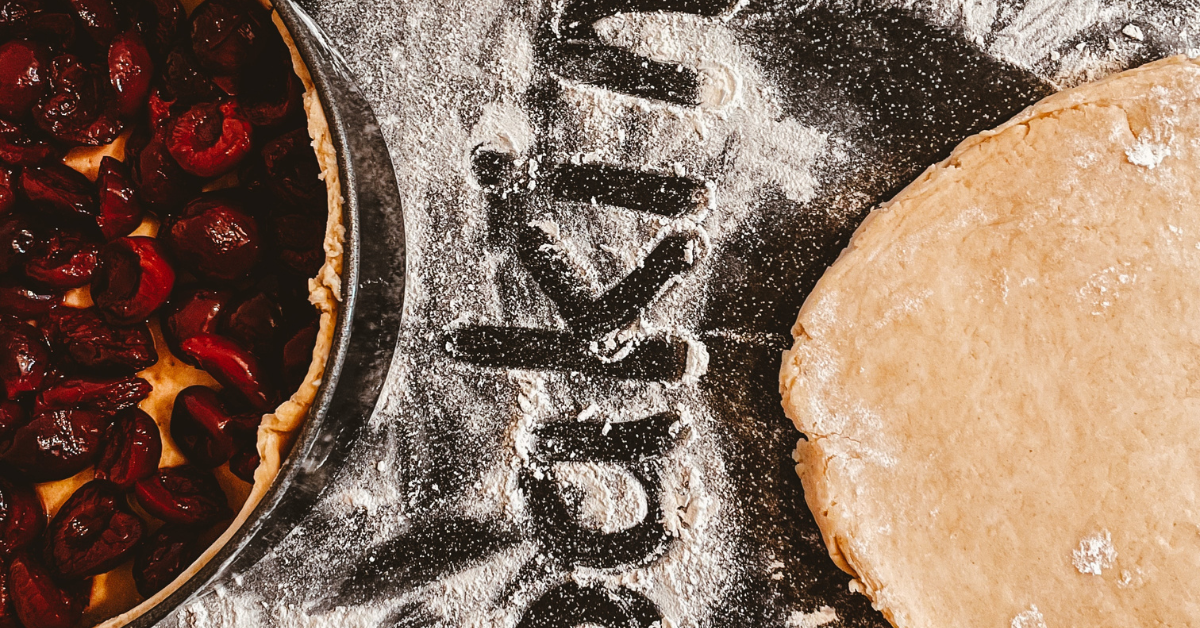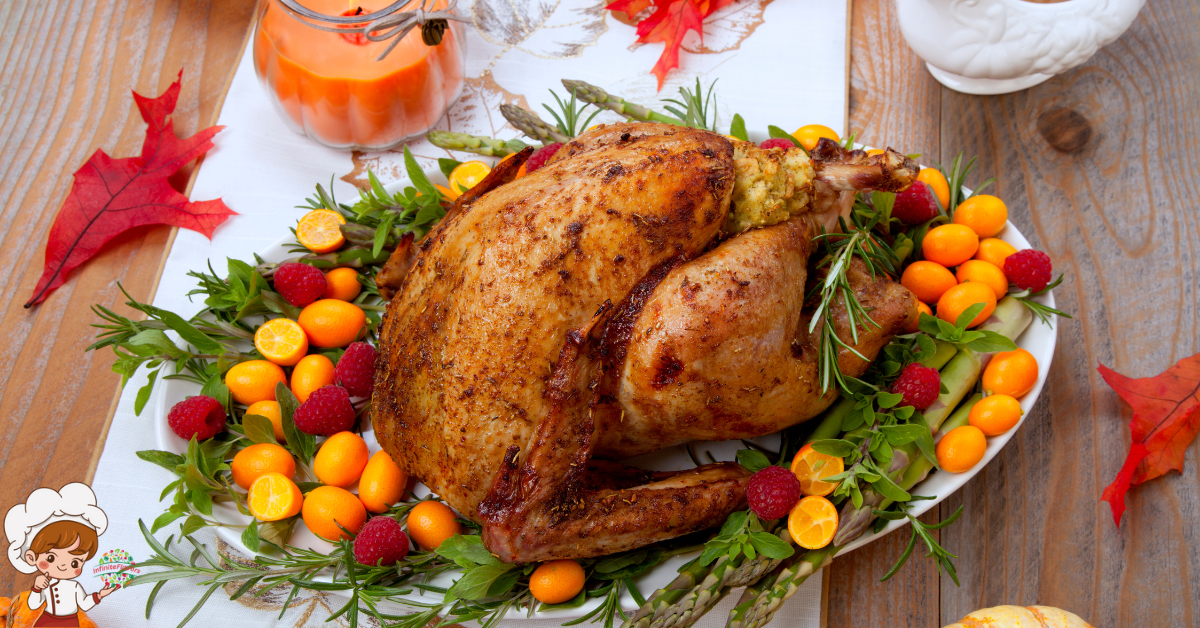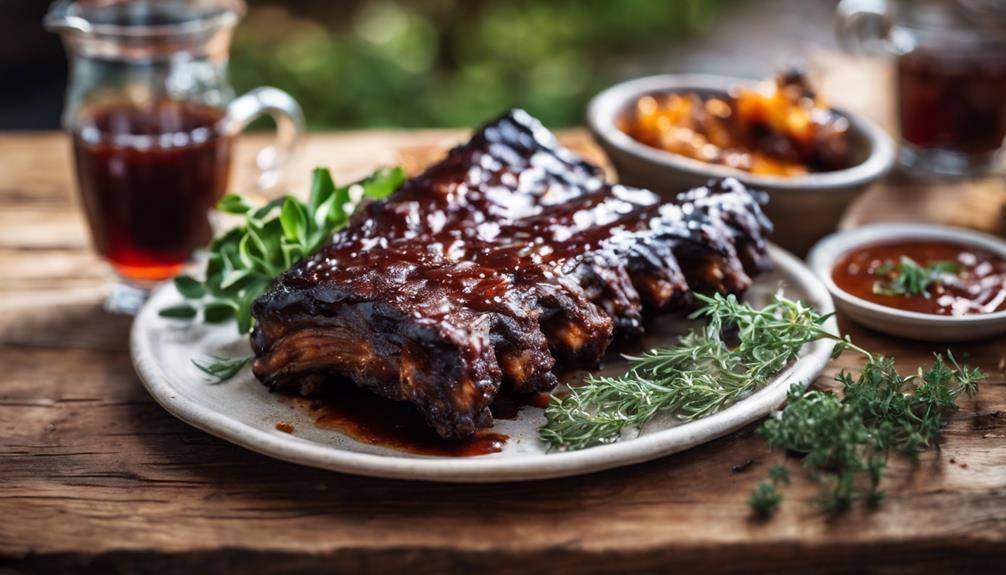The Best Advanced Pastry Baking Techniques
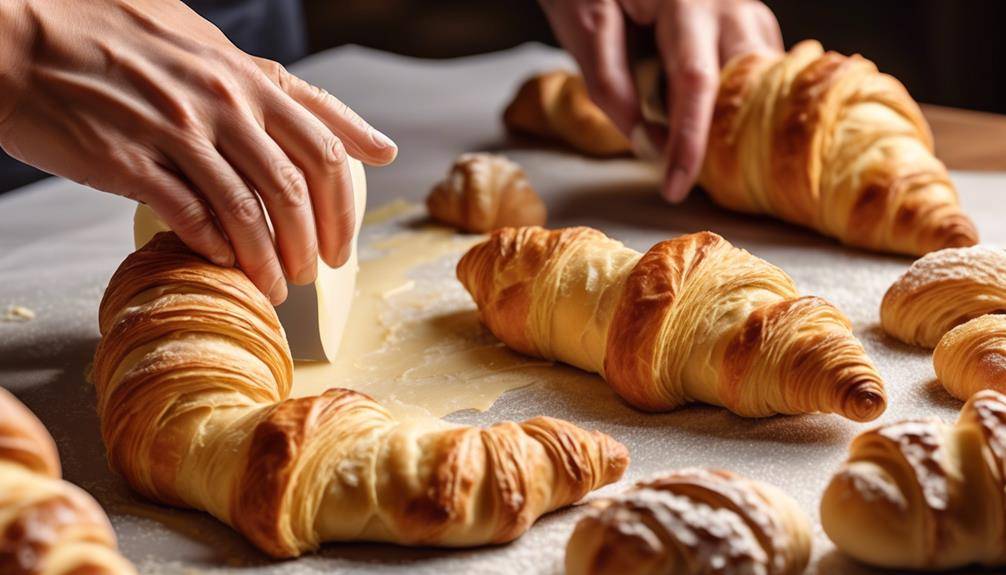
They say that practice makes perfect, and in the world of pastry baking, this adage holds true. If you’re ready to take your baking skills to the next level, then it’s time to explore the realm of Advanced Pastry Baking Techniques. From mastering the art of laminated dough to elevating tarts with complex fillings, there is a whole world of possibilities waiting for you. So, if you’re ready to discover the secrets behind creating stunning sugar decorations and exploring advanced flavors and pairings, then buckle up and get ready for a sweet journey of culinary excellence.
Mastering Laminated Dough
To truly master the art of laminated dough, you must embrace the delicate dance between layers of butter and flour, creating a symphony of flakiness and richness with each fold and turn. When it comes to flaky croissant variations, laminated dough is the star of the show. The process begins by mixing together flour, water, yeast, and salt to form a basic dough. The dough is then rolled out into a rectangular shape and chilled.
The true magic happens when layers of cold butter are carefully placed on top of the dough. As the dough is folded and rolled, the butter becomes trapped between the layers, creating pockets of steam during baking. This results in the airy, flaky texture that is characteristic of croissants.
However, mastering laminated dough can come with its fair share of challenges. One common issue is the butter melting and leaking out during the baking process, resulting in greasy and less flaky pastries. To prevent this, it is crucial to keep the dough and butter cold at all times.
Another challenge is achieving even and consistent layers throughout the dough. This can be achieved through patient and precise rolling and folding techniques. Each fold and turn should be done with care, ensuring that the layers are evenly distributed and not compressed.
Perfecting Pâte À Choux
As you embark on the journey of perfecting Pâte À Choux, your focus shifts from the delicate dance of laminated dough to the artistry of creating light and airy pastry shells. To achieve this, it is crucial to improve the consistency of your Pâte À Choux batter and troubleshoot common issues that may arise.
Consistency is key when it comes to Pâte À Choux. One common problem bakers encounter is a batter that is either too thick or too thin. If your batter is too thick, the resulting pastry shells will be heavy and dense. To remedy this, add a small amount of liquid, such as milk or water, to the batter and mix until it reaches the desired consistency. On the other hand, if your batter is too thin, the shells will not hold their shape and may collapse during baking. In this case, add a little more flour to the batter and mix until it thickens.
Another common issue is hollow or undercooked pastry shells. This can happen when the batter is not mixed thoroughly, leading to uneven heat distribution during baking. To prevent this, ensure that all ingredients are well incorporated, and there are no lumps of flour or other dry ingredients in the batter. Additionally, make sure to preheat your oven to the correct temperature and bake the shells for the recommended time to ensure they are fully cooked.
Advanced Cake Layering Techniques
Now it’s time to take your cake layering skills to the next level. Get ready to create stunning tiered cakes with precision and stability. Learn the art of mirror glaze application to achieve a glossy, flawless finish that will impress any guest. And don’t forget to master the hidden filling techniques that will surprise and delight with every slice.
Tiered Cake Assembly
Begin the process of Tiered Cake Assembly by carefully selecting your cake layers and preparing them for stacking. To achieve a visually stunning and structurally sound tiered cake, it is crucial to ensure that each layer is level and evenly baked. Once you have baked your cakes, it is time to move on to the next step: stacking the layers.
Start by placing the bottom layer on a sturdy cake board or plate. Spread a thin layer of buttercream or ganache on top to act as an adhesive. Carefully position the next layer on top, ensuring that it is centered. Repeat this process for each layer, using a level to check for any unevenness. If needed, use a cake carving technique to trim and shape the layers for a more seamless stack. With each layer carefully stacked, your tiered cake is now ready for decoration and further embellishment.
Mirror Glaze Application
To achieve a stunning and flawless finish for your tiered cake, master the art of Mirror Glaze Application, an advanced cake layering technique that adds a glossy and reflective coating to your masterpiece. This technique not only enhances the visual appeal of your cake but also allows you to create colorful designs and infuse flavors into your creation.
Mirror glaze is a mixture of sugar, water, gelatin, and condensed milk that is heated and poured over a chilled cake. As the glaze sets, it forms a smooth, shiny surface that captures and reflects light, giving your cake a mesmerizing effect. By carefully selecting your colors and incorporating various flavors into the glaze, you can create a truly unique and captivating dessert that will leave your guests in awe.
Hidden Filling Techniques
Master the art of hidden filling techniques, advanced cake layering techniques that add a delightful surprise inside your decadent creation. To achieve this, you will need a few hidden filling tools such as cake dividers, which create compartments within your cake, allowing for different fillings in each layer. Get creative with your filling combinations, pairing flavors that complement each other and provide a burst of excitement with every bite.
Consider a tangy lemon curd paired with a rich dark chocolate ganache or a creamy caramel filling with a sprinkle of sea salt. The possibilities are endless, and by experimenting with different combinations, you can create unique flavor profiles that will leave your guests in awe. So, go ahead and embrace the hidden filling technique, taking your cake creations to a whole new level of sophistication and surprise.
Creating Stunning Sugar Decorations
Enhance your pastry creations with stunning sugar decorations, adding an exquisite touch of artistry and precision. Sugar sculpting is a technique that allows you to transform plain sugar into intricate and delicate designs, elevating the visual appeal of your desserts. With the right tools and skills, you can create stunning sculptures that will amaze your guests.
To begin, you will need isomalt, a type of sugar that is perfect for sculpting. Isomalt has a higher melting point than regular sugar, making it more suitable for intricate designs. Start by melting the isomalt in a saucepan over low heat, stirring constantly until it reaches a clear and smooth consistency. Once melted, you can pour the isomalt into silicone molds or shape it by hand to create unique and intricate sugar sculptures.
Another impressive technique to incorporate into your sugar decorations is edible lace. Edible lace adds a delicate and sophisticated touch to your pastries, creating an elegant and intricate design. To make edible lace, you will need a lace mat and a mixture of sugar, water, and edible lace powder. Mix the ingredients until you achieve a smooth and lump-free consistency. Spread the mixture onto the lace mat and bake it in the oven until it is dry and firm. Once cooled, carefully remove the lace from the mat and place it onto your pastries for a beautiful and intricate finish.
Mastering sugar sculpting and edible lace techniques requires practice and patience. Take your time to perfect these skills, and soon you will be able to create stunning sugar decorations that will impress both visually and in taste. So go ahead, let your creativity soar and transform your pastries into edible works of art.
Elevating Tarts With Complex Fillings
Elevate your pastry creations to new heights by infusing tarts with complex fillings that tantalize the taste buds and showcase your culinary artistry. As you explore savory tarts, take the opportunity to experiment with unique tart crusts that will perfectly complement your complex fillings.
To begin, let’s delve into the realm of savory tarts. Move beyond the traditional sweet fillings and venture into the world of bold and unexpected flavors. Consider combining ingredients like roasted vegetables, caramelized onions, and tangy cheeses to create a symphony of tastes. Don’t be afraid to add a touch of herbs or spices to elevate the flavors further. The key here is to strike a harmonious balance, where each ingredient shines through without overpowering the others.
Now that you’ve chosen your unique filling, it’s time to turn your attention to the tart crust. Experimentation is key in creating a truly memorable dish. Consider using alternative flours, such as almond or buckwheat, to add a nutty undertone to your crust. Or perhaps infuse your dough with herbs or spices that complement the flavors of your filling. Don’t forget to pay attention to texture as well; a crunchy crust can provide a delightful contrast to a creamy filling.
As you assemble your tart, remember to be precise and meticulous in your presentation. Pay attention to the arrangement of your filling, ensuring that each component is showcased and visually appealing. Garnish with fresh herbs or a drizzle of sauce to add that final touch of artistry.
Exploring Advanced Flavors and Pairings
Embark on a gastronomic journey as you venture into the realm of advanced flavors and pairings in pastry baking. Prepare to tantalize your taste buds with unique spices and experiment with unconventional ingredients. In the world of pastry, there are no limits to the combinations and flavors you can explore.
When it comes to exploring unique spices, think beyond the traditional cinnamon and nutmeg. Consider incorporating cardamom, saffron, or even black pepper into your pastries. These spices can add depth and complexity to your desserts, creating a truly memorable experience for your guests. Don’t be afraid to experiment and find unexpected pairings that will surprise and delight.
In addition to spices, don’t shy away from experimenting with unconventional ingredients. Think outside the box and consider ingredients like lavender, rosemary, or even bacon. These unexpected additions can elevate your pastries to new heights, creating a harmonious balance of flavors that will leave your guests craving more.
As you delve into the world of advanced flavors and pairings, remember to be precise and detailed in your execution. Pay attention to the ratios and measurements of each ingredient to ensure that the flavors are perfectly balanced. Take the time to taste and adjust as needed, allowing the flavors to meld together harmoniously.
Advanced Pastry Baking Techniques; Frequently Asked Questions
What Are Some Tips for Achieving a Flaky and Buttery Texture in Laminated Dough?
To achieve a flaky and buttery texture in laminated dough, start by using cold ingredients and chilling the dough between folds. Layer the butter properly, roll it evenly, and avoid overworking the dough. These tips will help you achieve consistent results and troubleshoot common issues.
How Can I Prevent My Pâte À Choux From Deflating After Baking?
To prevent your pâte à choux from deflating after baking, make sure to properly cook the dough on the stovetop, use the right amount of eggs, and bake at the correct temperature. These techniques will ensure a light and airy texture.
What Are Some Innovative Techniques for Layering Cakes to Create Visually Stunning Designs?
To create visually stunning designs, try innovative cake decorating techniques. Layering cakes with different flavors, colors, and textures can produce captivating results. Experiment with techniques like ombre, watercolor, and sculpted designs to achieve your artistic vision.
Are There Any Specific Tools or Techniques That Can Help Me Create Intricate Sugar Decorations?
To create intricate sugar decorations, you can utilize specialized sugar work tools and master sugar blowing techniques. These techniques allow you to craft delicate and detailed designs, adding an artistic touch to your pastry creations.
What Are Some Unique and Unexpected Flavor Combinations That Can Be Used to Elevate Tarts With Complex Fillings?
To elevate your tarts with complex fillings, think beyond the ordinary. Experiment with unexpected flavor combinations, using herbs and spices creatively for savory tarts. Explore unique fillings for sweet tarts, incorporating unconventional ingredients.
Conclusion
Congratulations on completing this journey into the world of advanced pastry baking techniques. By mastering laminated dough, perfecting pâte à choux, and exploring advanced flavors and pairings, you have elevated your baking skills to new heights. With the ability to create stunning sugar decorations and elevate tarts with complex fillings, your creations will surely leave a lasting impression. Keep experimenting and pushing the boundaries of your pastry artistry, and may your future baking endeavors be filled with endless creativity and delicious delights.



